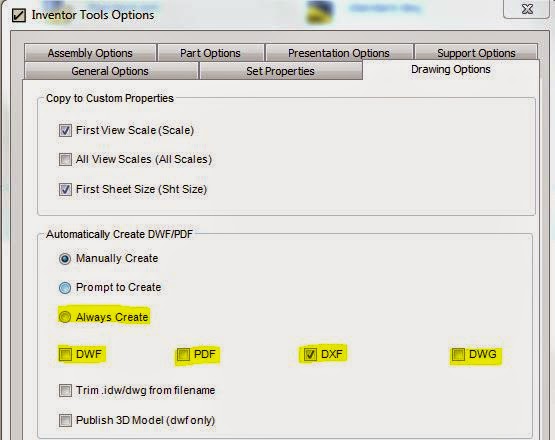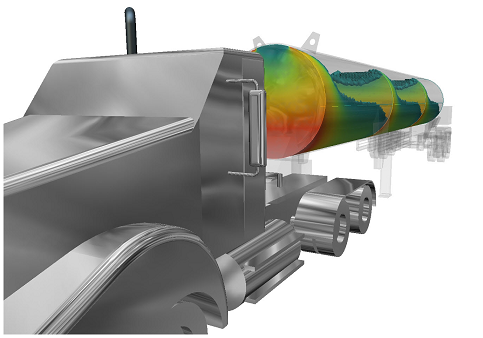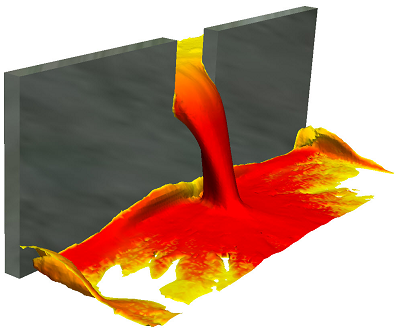As seen in last month's issue of Develop3D, the
Gartner Hype Cycle for Emerging Technologies is a chart which sets human expectation of work-in-progress/theoretical technologies against time. It aligns them along a path which enters several stages of hype, peaking then troughing, until a "plateau of productivity" is reached.
Hype Cycle for Emerging Technologies, 2013:
Some of these should be easily recognisable, some of them not so much. The website isn't friendly for casual reading so for that reason here is a summary of all the technology in the chart:
Bioacoustic Sensing - the transmission of sound through e.g. skin and other organic matter.
Disney demo'd this recently, but it's not clear if this was just a concept or actual proof
Smart Dust - tiny microelectromechanical systems that can relay sensor information to a network
Quantum Computing - using quantum states of matter as the binary method of computation
Quantified Self - related to mobile health monitoring, this is the quantification of our daily lives in terms of energy consumption, oxygen absorption, etc
3D Bioprinting - the 3D printing of biological materials, most significantly human body parts
Brain-Computer Interface - a means of interacting with machines through brain communication
Human Augmentation - the use of technology in our bodies to improve physical or mental capability
Volumetric and Holographic Displays - help me Obi Wan, you're my only hope
Electrovibration - electrical stimulation of metals to replicate the feeling of textured materials
Affective Computing - essentially a form of AI, where a computer system can empathise and respond appropriately
Prescriptive Analytics - synthesizing data of potential situations to predict outcomes in business
Autonomous Vehicles - cars that drive themselves
Biochips - biological processing units for, among other things, disease detection
Neurobusiness - "Neurobusiness is the capability of applying neuroscience insights to improve outcomes in customer and other business decision situations" In other words, mind-reading for profit.
3D Scanners - like Faro, devices to generate a 3D model of real-world scanned data
Mobile Robots - robots, that are mobile. These are in contrast to fixed, industrial robots
Speech-to-speech Translation - instantly translating your native tongue to another's with electronics
Internet of Things - things that you never thought needed to be connected to the internet, connected to the internet. e.g. fridges, heating & lighting systems, cupboard stocks, etc
Natural-Language Question Answering - computational answering of questions posed in the human native tongue. Similar to what Steven Wolfram is
trying to achieve
Big Data - data which is too large to analyse by traditional database management systems e.g. 1EB (exabyte) which is equal to 1 billion GB
Consumer 3D Printing - 3D printing for the home, MakerBot is leading the way in this field
Gamification - to make games out of non-entertainment based activities to aid in problem solving
Wearable User Interfaces - smart watches, augmented reality glasses
Complex Event Processing - the analysis of smaller events to determine the larger driving force and use this information to make predictions or assess risks and threats
Content Analytics - essentially a computerised form of extracting the pure meaning from empirical records which contain subjectivity and nuance
In-Memory Database Management Systems - holding and working with entire databases in the RAM of the computer
Virtual Assistants - professionals who work from home with access to a company's IT infrastructure
Augmented Reality - overlaying a user interface over the physical world e.g. windscreen dashboards in cars, but also
glasses
Machine-to-Machine Communication Services - machines collaborating with other machines in industry - see Industry 4.0 on our
blog
Mobile Health Monitoring - e.g. heart rate monitors on mobile phines
NFC - near field communication. A chip to communicate with a radio network when in close range, without the need for power
Mesh Networks: Sensor - piggy backing off the public to create a daisy chain of internet communication
Cloud Computing - computing, but not on your local machine
Virtual Reality - see
Oculus Rift for a modern example, which has just been bought by Facebook (where is the dislike button?)
In-Memory Analytics - the analysis of large volumes of data/statistics in RAM instead of hard disk
Gesture Control - using physical gestures as a user interface.
Leap Motion is a (poor) example
Activity Streams - the cross-implementation of user activity e.g. Facebook newsfeeds across multiple sites
Enterprise 3D Printing - superlative 3D printing including more hazardous methods not suitable for home use
Biometric Authentication Methods - the use of human biological information as passwords e.g. iPhone finger scanner
Consumer Telematics - integrated information systems in vehicular transport e.g. fuel stations on a satnav
Location Intelligence - gathering information based on geography to provide business opportunities and information
Speech Recognition - recognising voice input. Google Now gets my Scottish accent, so this has definitely plateaued
Predictive Analytics - assessing future risks/opportunities based on historical data (just like the "algorithm" in the latest Captain America movie)
S.C.





























